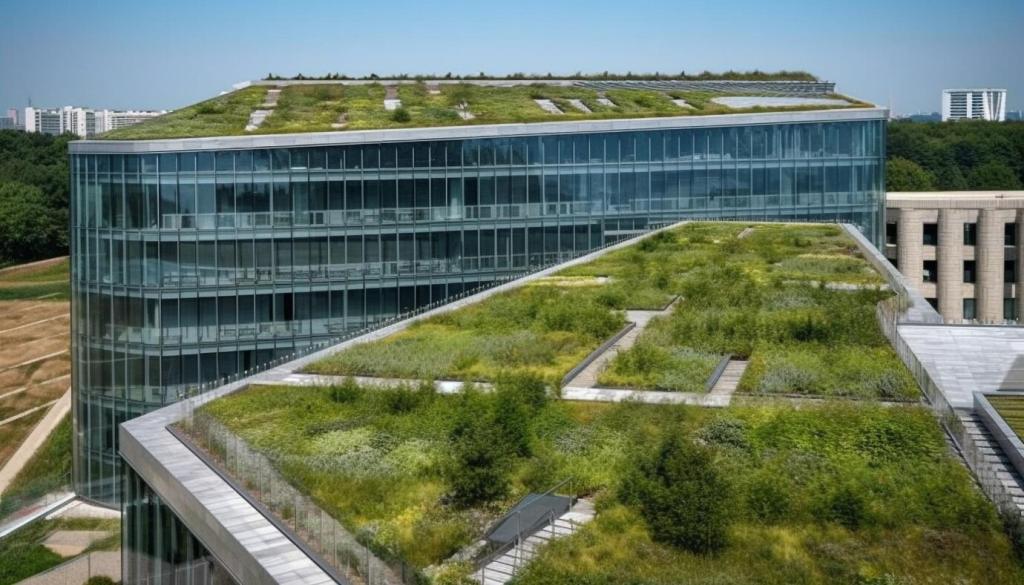Smart Glass Applications in Sustainable Structures
Smart glass, also known as switchable or dynamic glass, is revolutionizing the way sustainable structures are designed and operated. By intelligently adjusting its light transmission properties in response to environmental conditions or user requirements, smart glass promotes energy efficiency, occupant comfort, and architectural flexibility. Its versatility makes it a valuable asset in the pursuit of green building standards, contributing to both environmental goals and enhanced user experiences. As sustainability becomes an essential element of modern construction, understanding smart glass applications is critical for forward-thinking architects, engineers, and property owners.
Enhancing Energy Efficiency in Green Buildings
01
Intelligent Daylighting Control
One of the key advantages of smart glass is its ability to optimize natural daylight. By adjusting opacity or tint in real time, smart glass can minimize glare while maximizing the use of sunlight. This reduces dependency on artificial lighting, leading to substantial energy savings throughout the day. Intelligent daylighting not only supports the reduction of operational costs but also creates more pleasant and productive indoor environments. The integration of smart glass with sensor networks further enhances its ability to balance illumination and energy efficiency automatically, adapting to seasonal changes and occupancy patterns.
02
Thermal Performance Optimization
Thermal regulation is crucial to the energy performance of sustainable buildings, and smart glass provides an effective solution by modulating heat transfer. In hot climates, tinted or reflective smart glass minimizes solar heat gain, keeping interiors cooler and lessening the load on air conditioning systems. Conversely, in colder conditions, the glass can become transparent or less reflective to allow more sunlight and warmth inside. This dynamic response ensures year-round comfort with reduced use of non-renewable energy, making it an environmentally responsible choice for new construction and retrofits alike.
03
Synergy with Renewable Energy Systems
Smart glass technology complements renewable energy systems such as solar panels by reducing the overall energy demand of a structure. When integrated with on-site generation, the building’s self-sufficiency improves, allowing more of the energy produced to meet real-time needs. Moreover, by maintaining stable indoor temperatures, smart glass reduces peaks and valleys in energy consumption, ensuring that renewable resources are used more efficiently. This partnership between dynamic glazing and renewables supports holistic green building strategies and strengthens the case for net-zero or energy-positive developments.
Empowering Adaptive Architecture
Transforming Interior Spaces
Smart glass allows architects to break free from traditional constraints by transforming how spaces are divided and used. With instant switchability from transparent to opaque, smart glass can function as privacy screens, movable walls, or partitions. This feature is particularly valuable in offices, hospitals, and educational buildings, where space needs change throughout the day. Occupants can control their environment for private meetings, collaborative sessions, or even improve acoustics while maintaining access to natural light, creating adaptable interiors tailored to diverse activities.
Enhancing Facade Flexibility
The building envelope is the first line of defense against external conditions, and smart glass brings unprecedented flexibility to facade design. Not only can it modulate solar gain and privacy, but it also supports bold architectural statements by allowing facades to shift appearance dynamically. Architects can design structures that visually respond to environmental cues, urban context, or even artistic intent. Such flexibility enhances both the sustainability and identity of a building, offering innovative ways for structures to engage with their surroundings while performing at the highest environmental standards.
Integrated Intelligent Controls
Beyond manual switching, smart glass can be seamlessly integrated with building management systems for automated and optimized performance. Sensors continually monitor factors like sunlight, temperature, and occupancy, enabling real-time adjustments without user intervention. This fosters optimal conditions for comfort and efficiency while reducing the need for user input. Intelligent controls empower building operators to fine-tune energy consumption and create more resilient structures, paving the way for truly smart and sustainable buildings that anticipate and respond to human and environmental needs.
Promoting Occupant Health and Wellbeing
Maximizing Access to Natural Light
Natural light is essential for wellbeing, but excessive sunlight can cause glare and thermal discomfort. Smart glass solves this dilemma by enabling precise control over light transmission, ensuring interiors are bright yet comfortable. Increased daylight exposure is linked to improved mood, better sleep patterns, and higher productivity. In environments such as schools, offices, or healthcare facilities, this balanced approach to daylight enhances the quality of life and supports the holistic principles of sustainable design by promoting both environmental and human health.

